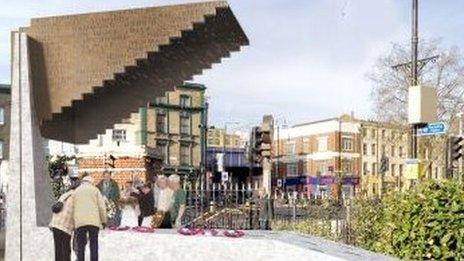Bethnal Green Tube Disaster: 'I tried to black it out'
- Published
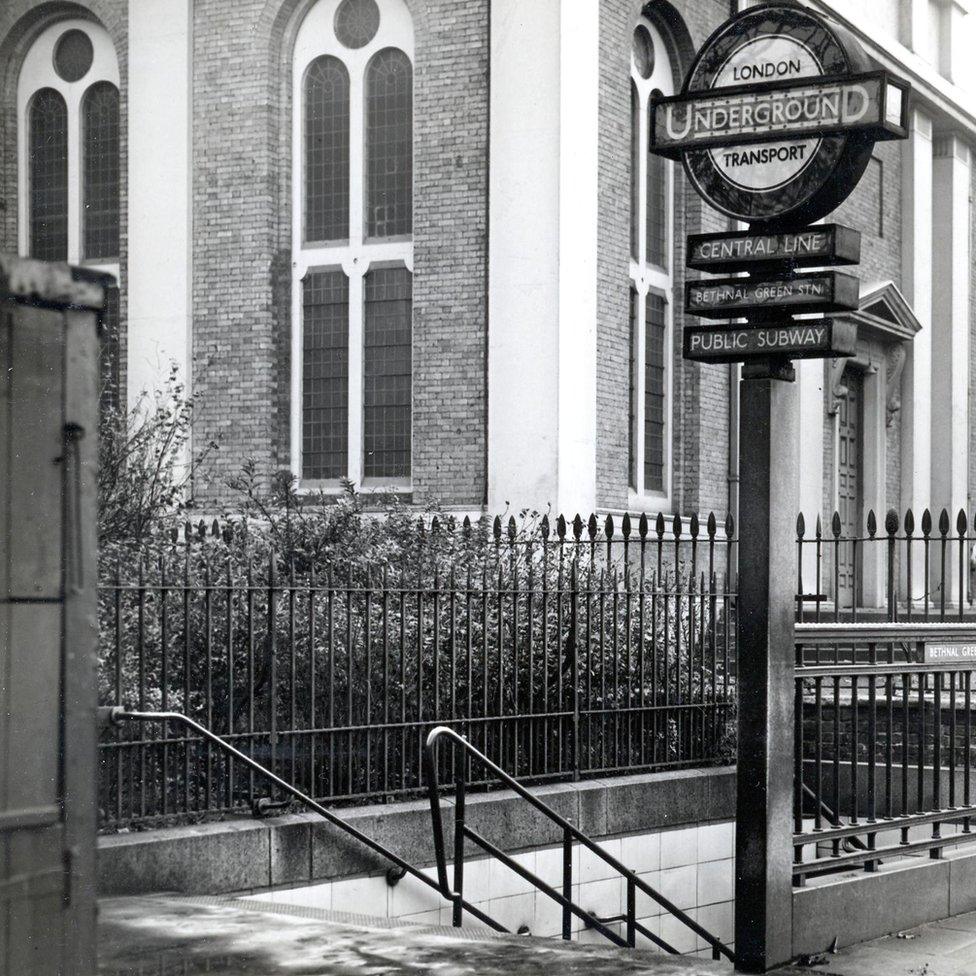
There was a crush after the entrance - pictured here in 1953 - became blocked as people panicked during an air raid
The Bethnal Green Tube Disaster of 1943 was the UK's largest single loss of civilian life during World War II. More than 170 people fleeing from an air raid were crushed to death when the entrance to the east London station became blocked.
Joan Martin had been qualified as a doctor for just one year when she led the team treating the casualties at Queen Elizabeth Hospital for Children. Like many involved in the disaster, she was told to never speak of what happened that night as the British government, fearful of damaging public morale, attempted a cover up.
Forced to carry the burden for most of her life - she still suffers nightmares. Now, aged 100, she told PM her story.

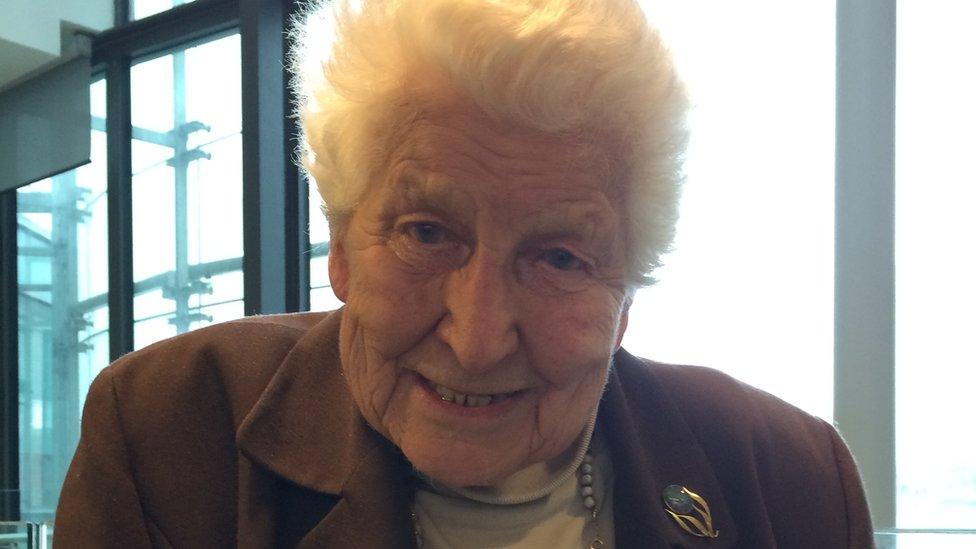
Dr Joan Martin MBE has suffered nightmares about the disaster
"At 8.45pm, on the evening of the 3rd March 1943, we received a phone call telling us to expect 30 faints from a Tube shelter. 30 faints! Quickly, we began taking down children's' cots and putting up beds. I told the medical students I was working with that it must just be a test to see how quickly we could do it. That it was all an exercise.
"We had hardly finished changing the beds before the first wet, mauve, body was carried into the hospital.
"Wet, because apparently when they pulled the bodies from the shelter all they did was to dump them on the pavement and throw water on them. Mauve, because they were all asphyxiated. They continued to arrive until 11 o'clock that night. At least 30 bodies, mostly women and children. Almost all dead.
"We worked through the night, my two medical students and I. I kept waiting for a consultant to come, but no-one came. Presumably because they had heard that everybody was already dead. I had only been qualified for one year and yet here I was in charge of this desperately impossible situation.
"I've had nightmares ever since. And always in my nightmares people are trampled to death.

Bethnal Green Tube Disaster

The Tube station had regularly been used by up to 7,000 Londoners at a time to shelter from German bombing raids.
When the sirens began at 20:17 GMT on 3 March, 1,500 locals hurried to the shelter but, although the raids were anticipated, no-one was on duty and only one door was open.
Roars from new anti-aircraft guns in nearby Victoria Park were mistakenly thought to be enemy bombs and the crowd surged forward in panic.
One woman, clutching her young child, lost her footing and fell, pulling an elderly man down with her.
Bodies quickly piled up at base of the steps, whilst those at the top, unaware of what had happened continued to try and force their way down.
A seething mass of women and children, all wearing thick clothes and gasping for air quickly developed. Though some escaped, 173 people, overwhelmingly women and children were asphyxiated.

"The next morning, whilst the two students and I ate breakfast, an orderly instructed us to go off duty for 24 hours. Without any support at all - not even a thank you or a well done.
"My reaction was to walk all the way from Bethnal Green to Hammersmith where my mentor and dear friend Ursula Shelley lived. She took me in, gave me a bath, a hot meal and breakfast - and sent me back to the hospital in the morning. I told her what happened. 'They've told you not to tell anyone else about it, haven't they?' she said. 'I agree. Don't dare tell anyone. '
"I suppose the government didn't want to look as if things were out of hand. The newspapers said nothing. The two students I worked with were told not to come back to the hospital, not even to this part of London, and I never saw them again. So, I stayed quiet. I tried to totally black it out.
"Years later, I was looking after a disabled patient of mine, when he said he had heard of a terrible incident that happened during the war at Bethnal Green Tube station. After letting him carry on with the long story, I finally admitted that I had been there.
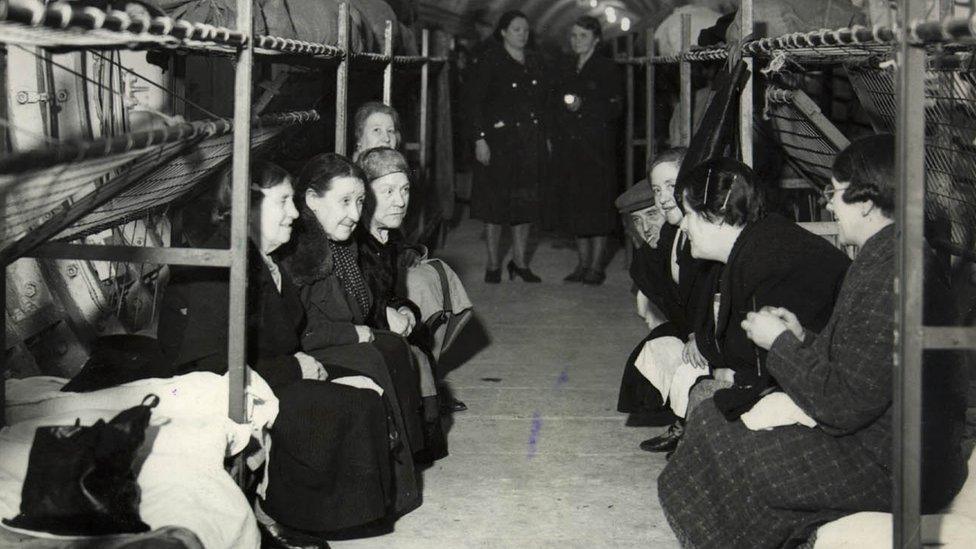
Bethnal Green Tube Station was used as an air raid shelter during World War II
"Of course, he was deeply shocked. He told me that a memorial service had been established on the anniversary of the event and he thought I ought to go. 'Certainly not!' was my reaction. Having been silent for so long, I couldn't imagine owning up to actually being there.
"But, as things go, there I found myself at the service. I've been going for about 15 years now, though now it's mostly just filled with relatives of those involved.
"Talking about what happened has helped the nightmares a bit, but they still come. At one point, I would wake up every night suffocating, desperately trying to get back to air. It wasn't the only thing that happened to me during the war, but it was the worst."
A WWII doctor describes dealing with the aftermath of a fatal crush in an underground shelter.
- Published3 March 2013

- Published3 March 2013
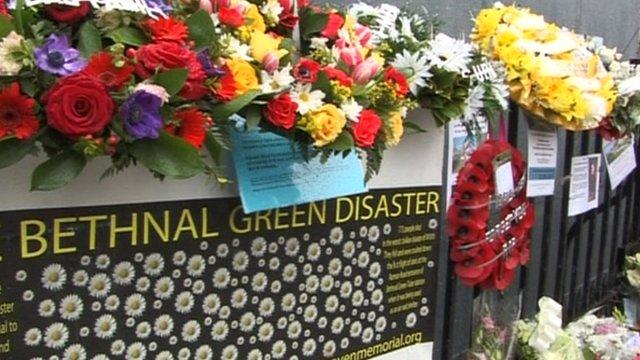
- Published3 March 2013
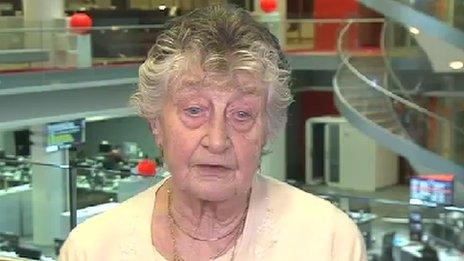
- Published5 March 2012
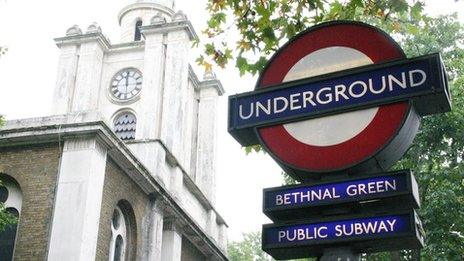
- Published1 March 2012
